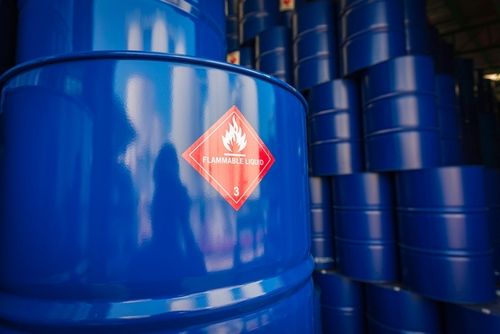Crude Oil Market Imbalance: Weak Q1 Results from “King of Oil” Aramco May Be Just the Beginning
- Gold Price Forecast: XAU/USD drifts higher above $4,200 as Fed delivers expected cut
- Gold Price Steady Climb and the Sudden Surge of Silver and Copper: Will Their Bull Run Extend Into 2026?
- Gold Price Forecast: XAU/USD climbs above $4,250 as Fed rate cut weakens US Dollar
- Bitcoin Cash Unveiled: Why Did BCH Price Surpass BTC? Can it Soar to $1,000 in the Future?
- Silver Price Forecast: XAG/USD refreshes record high, looks to build on move beyond $61.00
- AUD/USD holds steady below 0.6650, highest since September ahead of China's trade data

Before U.S. President Donald Trump’s official visit to Saudi Arabia, Saudi Aramco — the kingdom’s cash cow and the world’s largest oil producer — released its first-quarter 2025 earnings report. Affected by persistently weak global oil prices, Saudi Aramco’s profits fell by 4.6% year-on-year in Q1, signaling more uncertain growth prospects ahead.
According to financial results released on May 11, Aramco reported total revenue of USD 108.17 billion for the three months ended March 31, representing a modest 0.9% increase year-over-year. However, net profit declined by 4.6% to USD 26 billion, missing market expectations of USD 25.3 billion.
Free cash flow dropped to USD 19.2 billion from USD 22.8 billion in the same period last year, while operating cash flow also fell to USD 31.7 billion from USD 33.6 billion.
In addition, the company’s quarterly dividend payments were reduced from USD 31 billion to USD 21.36 billion. The performance-linked variable dividend shrank to just USD 219 million, down 98% from its peak following the Russia-Ukraine conflict in 2022, when oil prices surged sharply.
CNBC reports that these figures highlight mounting pressure on the balance sheet of the Saudi state-owned oil giant, as oil prices show no sign of recovery and global demand slows amid ongoing trade tensions.
Saudi Aramco CEO Amin H. Nasser noted that global trade dynamics affected energy markets in the first quarter of 2025, with economic uncertainty impacting oil prices.
Oil revenue is the backbone of Saudi government finances, accounting for 62% of fiscal income last year. As the country's sole state-owned oil company, Saudi Aramco is widely regarded as Saudi Arabia’s “cash cow.” Against the backdrop of potentially shrinking oil revenues, the Saudi government has already begun cutting back on major fiscal projects.
The International Monetary Fund (IMF) estimates that Saudi Arabia needs an oil price of around USD 90 per barrel to maintain budget equilibrium. However, international crude prices have remained weak so far this year. WTI crude has fallen from around USD 80 per barrel at the start of the year to currently trade at USD 62.94, a decline of over 20%. Brent crude has experienced a similar drop.
A combination of rising supply and weakening demand is driving the slump in oil prices: OPEC is gradually adjusting its production cut policy introduced in 2022, while the Trump administration’s global trade war is dampening global economic growth and, consequently, oil demand.
Notably, Trump’s reciprocal tariffs began taking effect in April, meaning Saudi Aramco’s latest financial report only reflects conditions in the first quarter. With Wall Street institutions like Goldman Sachs and JPMorgan forecasting further declines in oil prices over the next two years, the outlook for Saudi Aramco’s future performance appears increasingly bleak.
Read more
* The content presented above, whether from a third party or not, is considered as general advice only. This article should not be construed as containing investment advice, investment recommendations, an offer of or solicitation for any transactions in financial instruments.

